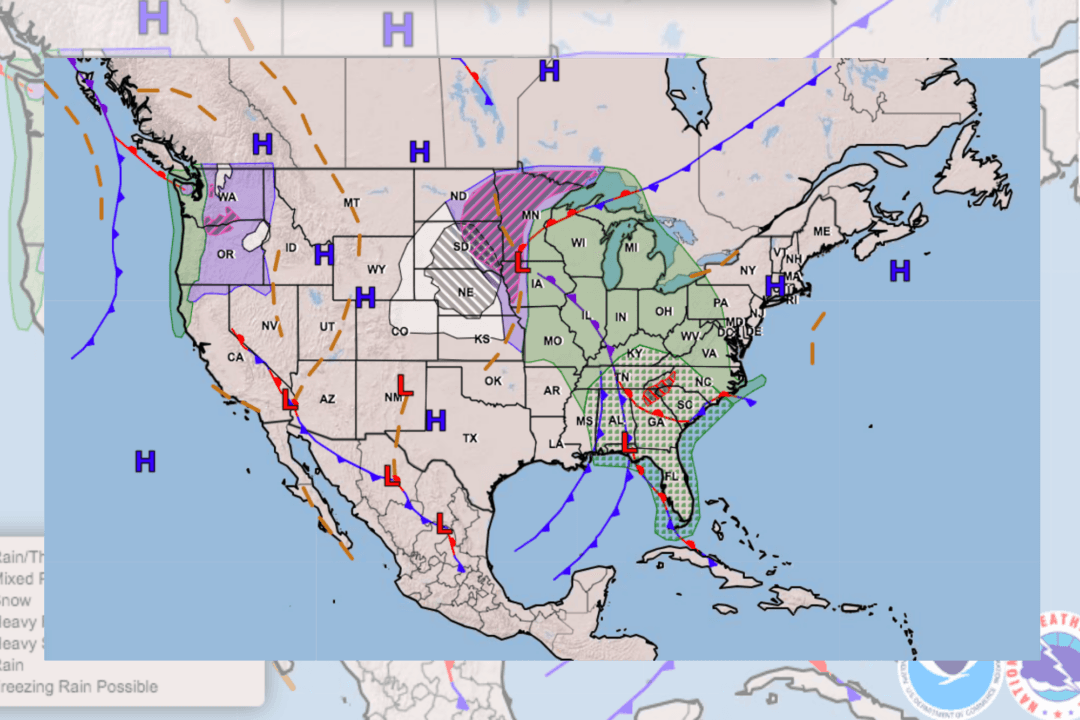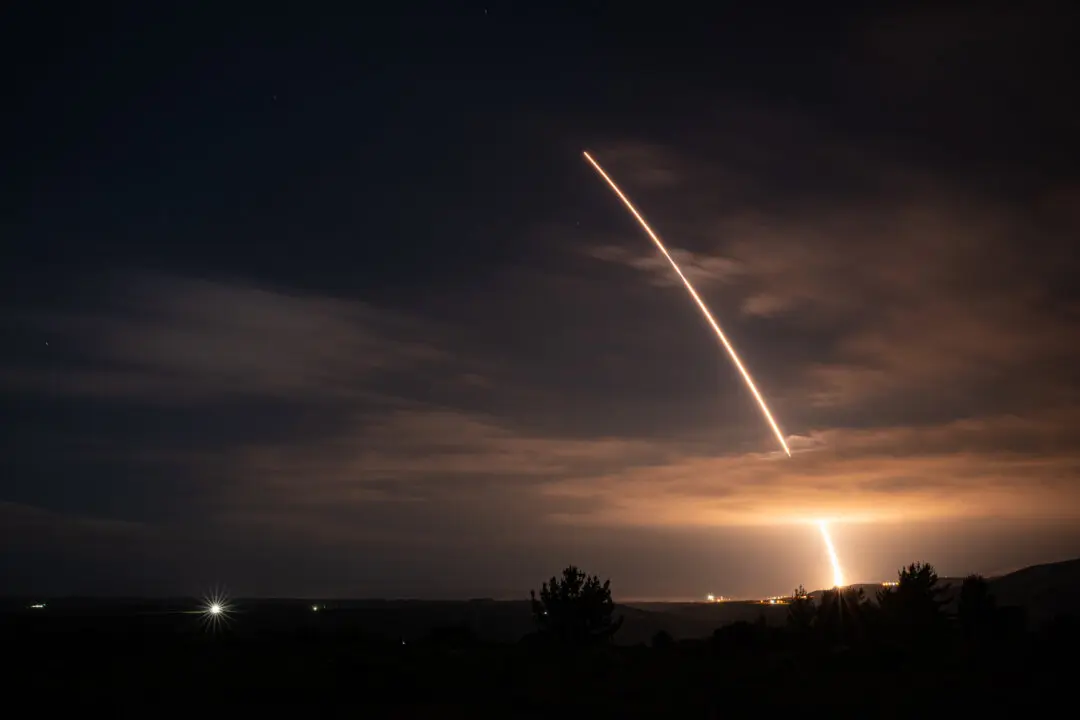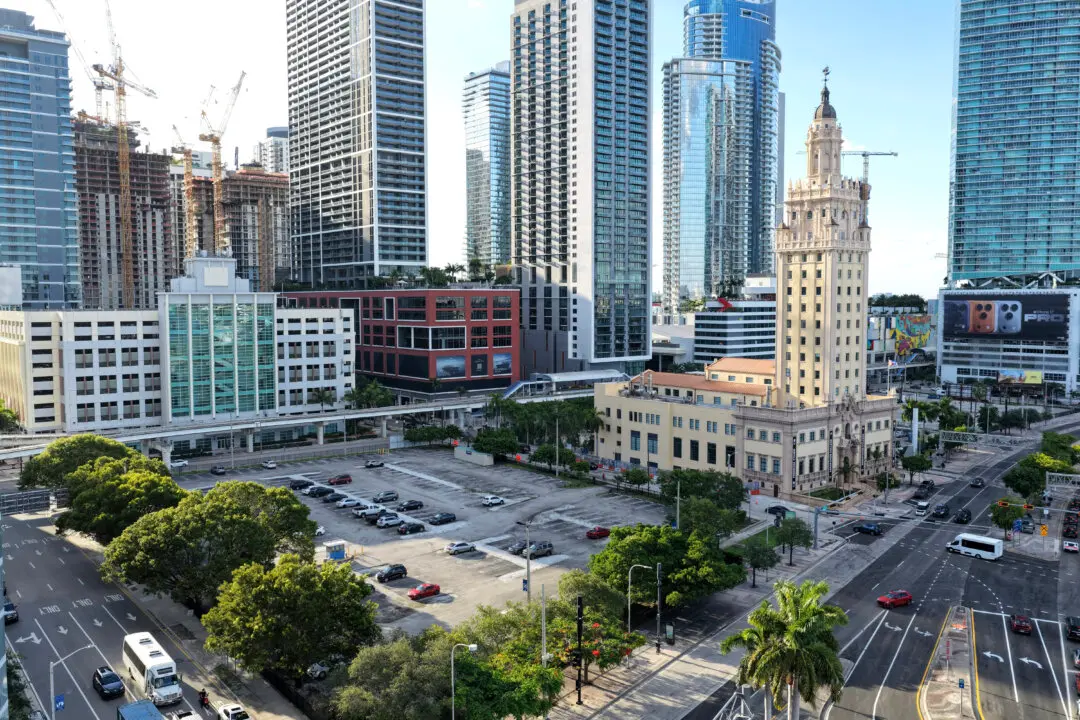A “significant” winter storm is set to bring heavy snow to many in the Plains and create “hazardous” travel conditions, while much of the country can expect a wet, rainy Christmas, the National Weather Service said.
In an update posted on Monday, the National Weather Service’s Weather Prediction Center said that the storm will “let it snow, let it snow, let it snow” over portions of the Central Plains where blizzards potentially make holiday travel dangerous.





